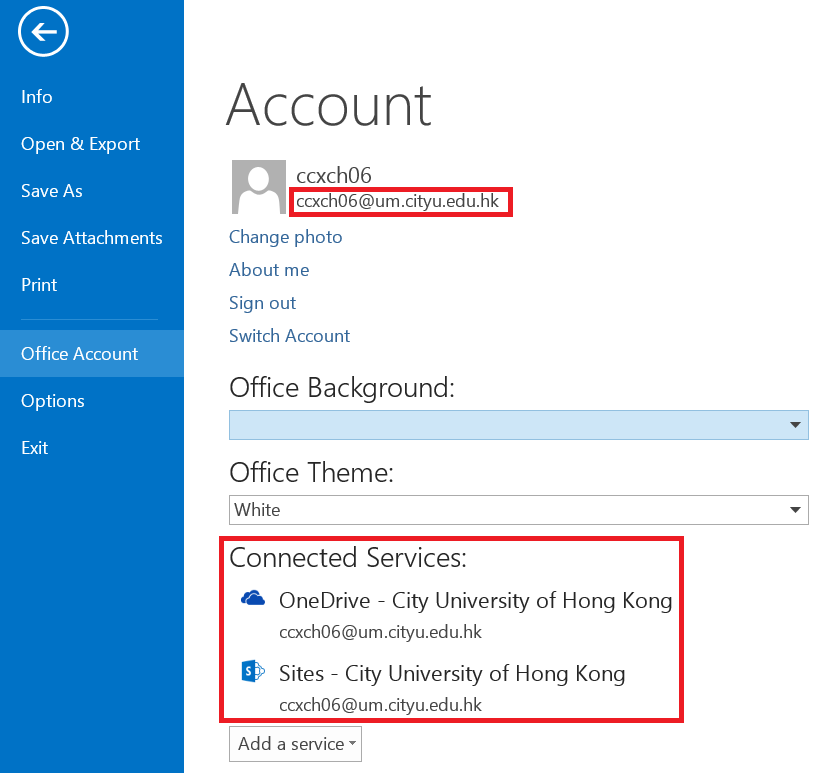

More importantly, the SharingPermissionFlags parameter will only work if you have set the AccessRights parameter value to Editor, so make sure to remember that. The parameter is a bit quirky, as it requires you to specify multiple values separated with comma for some configurations. If I want to add myself as delegate for another user, in addition to the customary Identity, User and AccessRights parameters, I will need to also specify the “level” of delegate access via the SharingPermissionFlags parameter. Let’s now see how one can configure delegate settings via PowerShell, as in how we can use the Add-MailboxFolderPermission cmdlet with the new parameters. Unfortunately, the SharingPermissionFlags property will not always reflect the correct status, but more on this later. So for example, you would see something like this: Get-MailboxFolderPermission HuKu:\CalendarįolderName User AccessRights SharingPermissionFlags

You might have noticed that the output of the Get-MailboxFolderPermission changed few weeks back, and it now features one additional column, SharingPermissionFlags. Instead, the familiar Add-/Get-/Remove-/Set-MailboxFolderPermission cmdlets have been updated to handle delegate scenarios. To make things easier and to ensure compatibility with any custom scripts you might already be using, the team opted to not introduce any new cmdlets for delegate management. With the recently introduced changes, all of this is now possible via PowerShell. Still, in some cases it was easier to use EWS instead of having to get to the user in order to check the settings from Outlook, thus administrators often used solutions such as the EWS delegate module. The only way to obtain this information outside of Outlook, or modify it, was via EWS, which required additional configuration and permissions, so it was far from ideal. This in turn created situations in which the admin or support person troubleshooting an issue had to “guess” what the related configuration was, or wait for the user to provide the required details. Up until now, some of those settings were only configurable via Outlook, and we as administrators were not able to even see their corresponding values, let alone change them, as they were not exposed in the EAC or any of the underlying PowerShell cmdlets. More information can be found in the official documentation. In addition, a Delegate also receives Send on behalf of permissions to your mailbox. Once a Delegate is configured for your mailbox, in the sense of configuring the checkbox mentioned above, the “Deliver meeting requests addressed to me and responses to meeting requests where I am the organizer to” option becomes available, and you can decide whether you, the delegate, or both should receive those. This option only becomes available in the UI when the Calendar folder permissions are set to Editor. Now, as the folder permissions are configurable via other means as well, what is usually referred to as Delegate is a user for which the “delegate receives a copy of meeting-related messages sent to me” setting is configured. The corresponding settings are shown on the screenshot below: It’s easy to use this method to grant permissions on commonly used folders, but more importantly it allows you to control access to Private items and to configure the handling of meeting responses.

While you can set folder level permissions by right-clicking any of your folders in Outlook and selecting the corresponding menu item, the Delegates dialog under File -> Account settings -> Delegate access exposes some additional controls. The access can range from being only able to read your messages, to being able to manage all your email as well as compose and send messages on your behalf. In the Exchange world, a delegate is a person you have given some level of access to over your own mailbox. We will take a look at them in a moment, but first, let’s try to explain what a delegate is and why the changes are important. Two parameters have been added to the *- MailboxFolderPermission cmdlets to facilitate those changes, namely the SendNotificationToUser and SharingPermissionFlags. In another example of a small, but impactful change, Microsoft has started rolling out improvements to the PowerShell cmdlets responsible for folder permissions that will allow us to manage some of the delegate-related settings.


 0 kommentar(er)
0 kommentar(er)
